
We are dealing with cables every day, but do you know the maximum transmission distance of various cables? In this issue, let’s take a look at the commonly used cable transmission distance.
- Ethernet cable
The Ethernet cable is also a twisted pair cable, which has different transmission distances according to different specifications of the network cable. They can connect routers, switches, firewalls and more network devices. The network cable is transmitting network signals. If it exceeds the distance that the network cable itself can bear, the signal will be attenuated. In severe cases, the network signal will be interrupted.
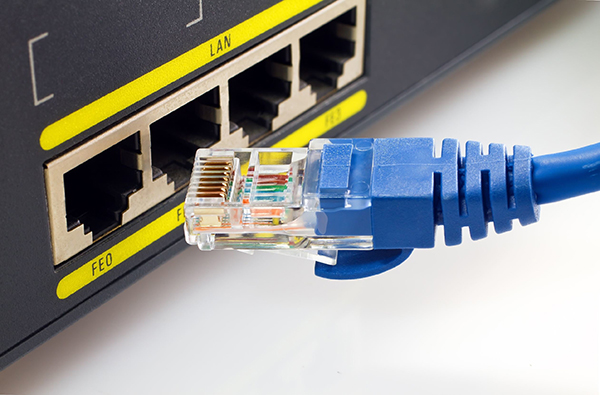
Category 5 and Category 6 are both 100 meters, and the regular oxygen-free copper Category 6 wire can reach about 120 meters. If you want to increase the transmission distance, you can install a repeater between the two twisted pairs, and you can install a maximum of 4 cables. Repeater. If 4 repeaters are installed to connect 5 network segments, the maximum transmission distance can reach 500m.
- Optical Fiber
The transmission distance of the Ethernet cable is limited, and can not solve the long-distance data transmission, then the optical fiber can be used for the long-distance transmission.
Optical fiber is always used with Optical modules, like Cisco Optics Modules.
Optical fiber is divided into multi-mode and single-mode. The transmission distance of multi-mode is longer than network cable, but shorter than single-mode.
In 10mbps and 100mbps Ethernet, multi-mode fiber can support up to 2000 meters of transmission distance;
In a 1GbpS gigabit network, the multimode fiber can support a transmission distance of up to 550 meters;
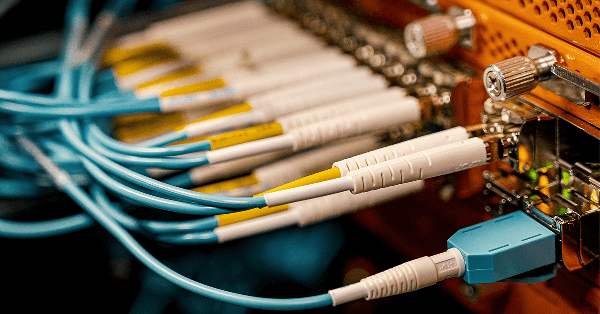
So multi-mode is now used less.
Compared with multi-mode fiber, single-mode fiber can support longer transmission distance. In 100Mbps Ethernet and 1G Gigabit network, single-mode fiber can support transmission distance of more than 5000m.
The components used in single-mode optical modules are twice that of multi-mode optical modules, so the overall cost of single-mode optical modules is higher than that of multi-mode optical modules; the transmission distance of single-mode optical modules can reach 150 to 200 km.
Therefore, optical fiber can be used for long-distance transmission, such as remote monitoring projects.
- HDMI cable
HDMI is a proprietary audio/video interface for transmitting uncompressed video data and compressed or uncompressed digital audio data from an HDMI-compliant source device, such as a display controller, to a compatible computer monitor, video projector, digital television, or digital audio device.
HDMI, generally used on high-definition displays, can be connected to the HDMI display and the display, and now many network boxes can also connect to the TV through the cable to transmit audio and video signals.
The general HDMI signal transmission is less than 30 meters, then the maximum transmission distance is about 15 meters for the average quality cable.
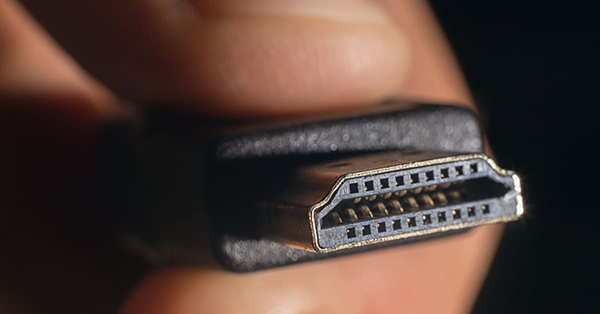
So how does HDMI transmit over long distances?
(1) A conversion extender can be used
HDMI signal does not pass through other equipment (transmission 120 meters).
Generally, HDMI signals cannot be directly transmitted to more than 30 meters with HDMI cables, and there are almost no finished HDMI cables of more than 30 meters in the market.
In this case, if the HDMI signal is simply transmitted to the display device, and the HDMI signal does not pass through other devices, we can use the network cable to extend the signal. Use the HDMI network cable extender to extend the signal, and the HDMI network cable extender is divided into sending The terminal (HDMI input, network cable output) and receiving terminal (network cable input, HDMI output) can be extended by 100 meters (category 5 network cable) and 120 meters (category 6 network cable).
(2) Of course, if you need to transmit farther, you can also use HDMI fiber optic extender.
There are many ways to extend HDMI, you can also use HDMI optical fiber cable, you can use it according to the actual situation.
- DVI Cable
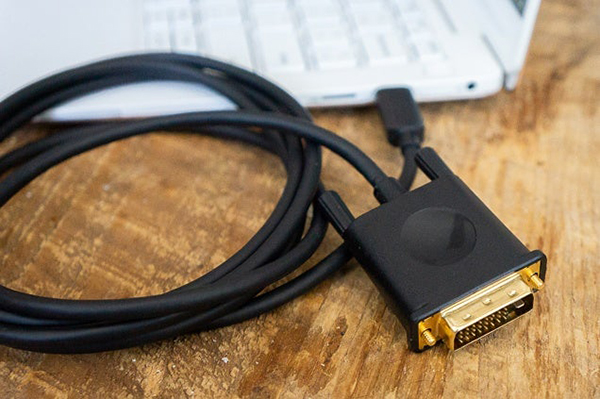
DVI is a digital video interface. The digital interface is used to connect a video source, such as a video display controller, to a display device, such as a computer monitor. A general DVI cable can only effectively transmit a signal about 5 meters, and signal attenuation will occur if it exceeds 5 meters. This shortcoming greatly limits the popularization and application of DVI equipment.
DVI-D can only receive digital signals; DVI-I can receive both digital and analog signals at the same time, with a short transmission distance of 7-15M.
- VGA Cable
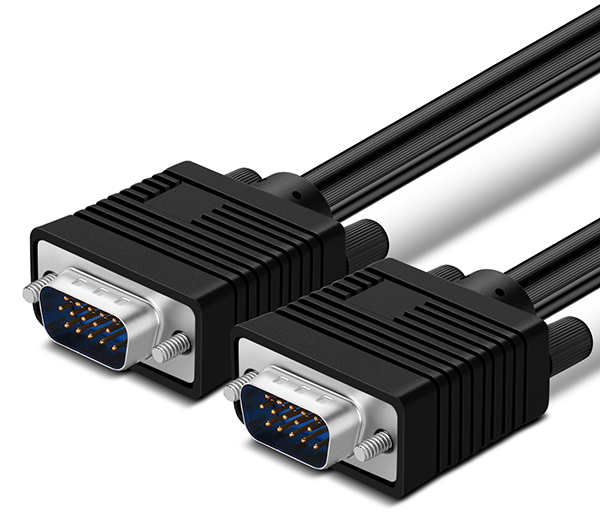
The VGA cable transmits analog signals. It is a data transmission cable that connects the computer graphics card to the monitor or TV for information transmission. It is responsible for outputting the corresponding image signal to the display, and is the bridge between the computer and the display. It has been widely used in the field of color displays, but it is easy to attenuate, short transmission distance, and easy to be interfered. But its transmission distance is stronger than HDMI and DVI, and its 3+4/6VGA transmission distance is 20-40M.
- RS232 and RS485
(1) RS232
RS232 transmission distance is limited, the maximum transmission distance standard value is 15 meters, and it can only be point-to-point communication, the maximum transmission rate is 20kB/s.
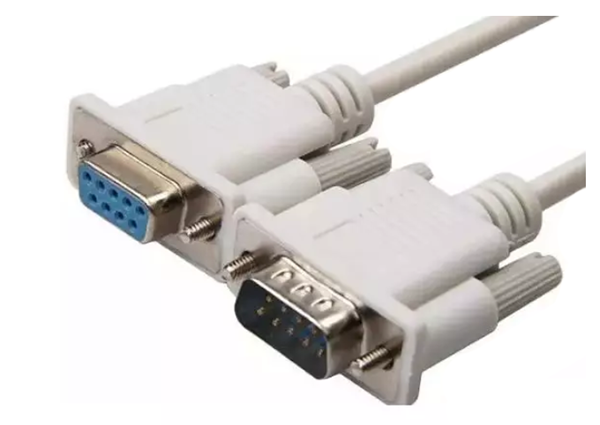
(2) RS485
The maximum wireless transmission distance of RS485 is 1219 meters. The maximum transmission rate is 10Mbps, and the maximum communication distance can be reached under the transmission rate of 100Kb/S.
Using impedance matching, low attenuation special cables can reach 1800 meters! More than 1200 meters, can add repeaters (up to 8), so that the transmission distance is close to 10Km.
- USB Cable
The abbreviation of USB (Universal Serial Bus) is an external bus standard used to regulate the connection and communication between computers (like laptops, workstation, etc.) and external devices. It is an interface technology applied in the PC field. The USB interface supports plug-and-play and hot-plug functions of the device.
The effective distance stipulated by the USB protocol is 5 meters, and a longer USB extension cable can be used. The quality of the cable is better. Inferior USB extension cables can’t reach 5 meters.
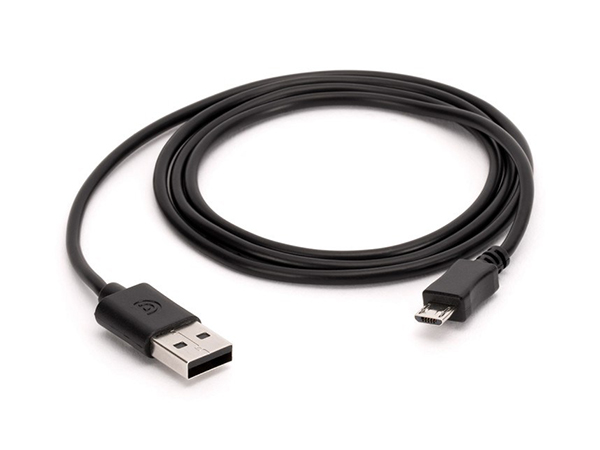
Do you have different ideas? Welcome to leave your comments.
Related Topics:
Optical Cables Ordering: High-density MPO/MTP Cabling System
(Update 2020) Ethernet Cable or Fiber Optic Cable? Ethernet vs. Fiber
A Quiz for Test Your Knowledge of Fiber Optic Cables
How to Connect Laptop to Router Console Port with Ethernet RJ-45 Console Cable?


